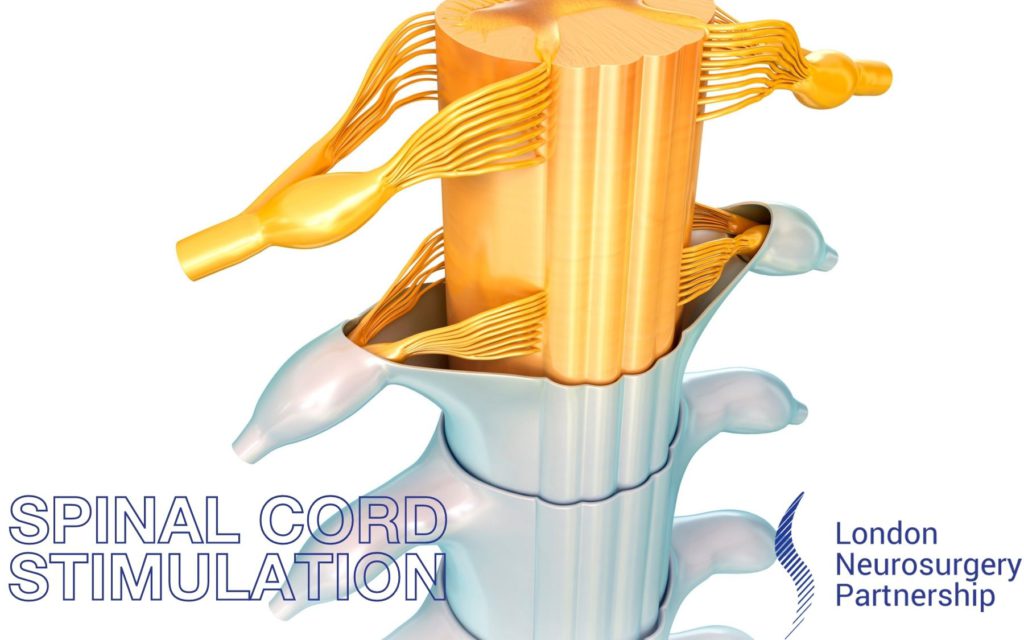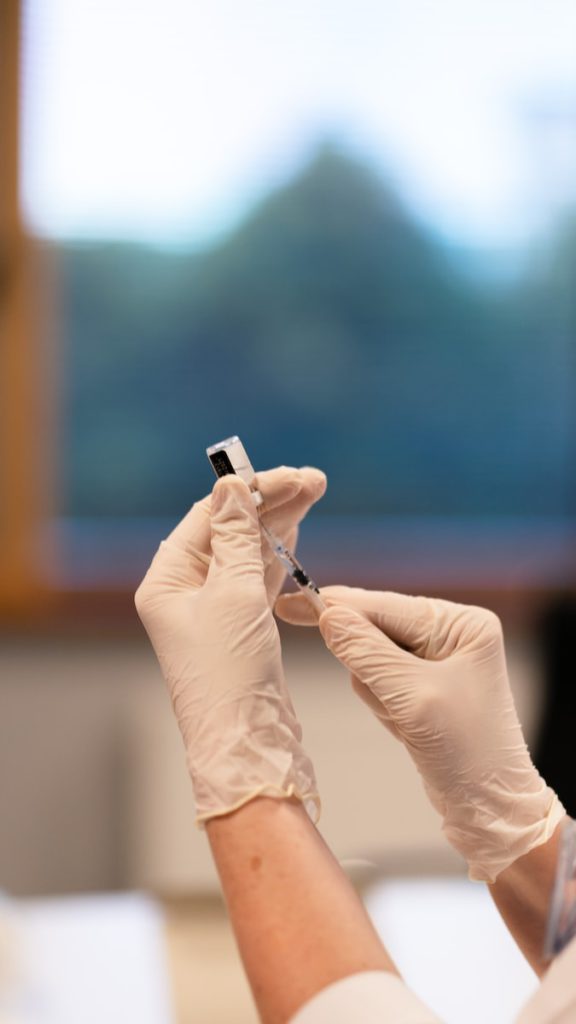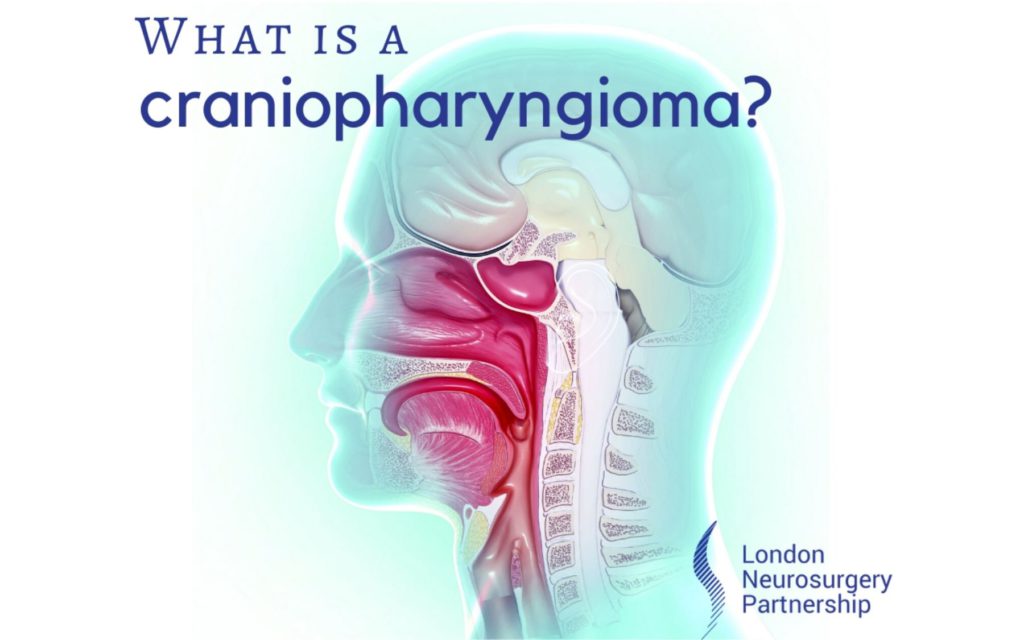
Professor Ashkan explains to us what Spinal Cord Stimulation is and how it is surgically inserted.
Overview of spinal cord stimulation
A spinal cord stimulator is a device that is surgically implanted under the skin in your spine near the vertebrae with wires leading to the epidural space. Spinal cord stimulation is a type of therapy to help deliver mild electrical pulses to mask the pain before it has time to reach the brain. The wires of the spinal cord stimulation are attached to the spine’s nerve fibres and when turned on, it stimulates those nerves where the pain is and blocks the pain signal from reaching the brain.
A spinal cord stimulation does not erase the pain from your body, it is simple a deterrent. Each person will have a completely different experience from this type of therapy because of the different levels of pain they are experiencing and also how the body reacts to such stimulation. The goal is for the stimulator to reduce pain up to 70% but that can be more or less for each person. A patient may experience a tingling sensation due to the SCS working, it is not painful but some patients may find it unpleasant.
There are several different types of spinal cord stimulation and your consultant will help you choose the right one for you and the pain you are experiencing. All spinal cord stimulation have batteries that help create the electrical pulses, a hand-held remote that can turn on and off and also a lead wire that delivers electrical currents.
Candidates can vary but they all have one thing in common which is chronic pain. Steps are taken for each person before they are offered a spinal cord stimulation. They will need to have a full medical history check, see if medication can help with pain or physiotherapy and even surgery.
Candidates may benefit from spinal cord stimulation if:
- Conservative and surgical solution has failed
- More surgery will not be beneficial
- Chronic neck and/or back pain
- Chronic leg and/or arm pain
- Complex pain syndrome
- Arachnoiditis
- Angina
- Peripheral vascular disease
- Multiple Sclerosis
The true goal is for the patient to be able to live a better standard of like and perform daily activities without being in chronic pain. Medication may still need to be taken but it will be reduced.
Spinal cord stimulation insertion
There will be a trial for spinal cord stimulation initially to see if it will actually reduce the pain but also to determine if the patient is still ok to go ahead after the trial.
During the surgery the patient will be under sedation and will lie on their stomach. X-ray is used to locate the area and the electrode wires are inserted in to the spine and lower near the buttock is where the generator will sit. A laminotomy is performed in the spinal cord to make space for the wires and then secured in to the epidural space.
A test stimulation will be performed during surgery which the patient has to be awake for. This is to determine if it is working and to help the surgeon change the settings or reposition if necessary. Once this has been established then the patient will again be sedated and the generator will be implanted in to the buttock. A lead wire will run from the generator and attached to the electrode wire. Once all is in place then sutures are used to close the skin and the patient will be taken to the ward to recover.
There will be restrictions in place as the patient recovers and your surgeon will talk you through those. Mostly is it about looking after yourself and the wound sites, so no strenuous activities or bending and twisting. It is also recommended not to smoke or intake nicotine products as they prevent bone healing.
Some of the risks do include:
- Epidural haemorrhage, haematoma, infection, spinal cord compression, and/or paralysis (can be caused by placing a lead in the epidural space during a surgical procedure)
- Battery failure and/or battery leakage
- Cerebrospinal fluid leak
- Persistent pain at the electrode or stimulator site
- Lead migration, which can result in changes in stimulation and reduction in pain relief
- Generator migration and/or local skin erosion
- Weakness, clumsiness, numbness, or pain below the level of implantation
The patient will be sent home with instructions on how to use the stimulator but of course everything will have already been explained to them. The consultant will provide follow up and check up consultations to see how the patient is getting on.
This article is intended to inform and give insight but not treat, diagnose or replace the advice of a doctor. Always seek medical advice with any questions regarding a medical condition.





0 Comments